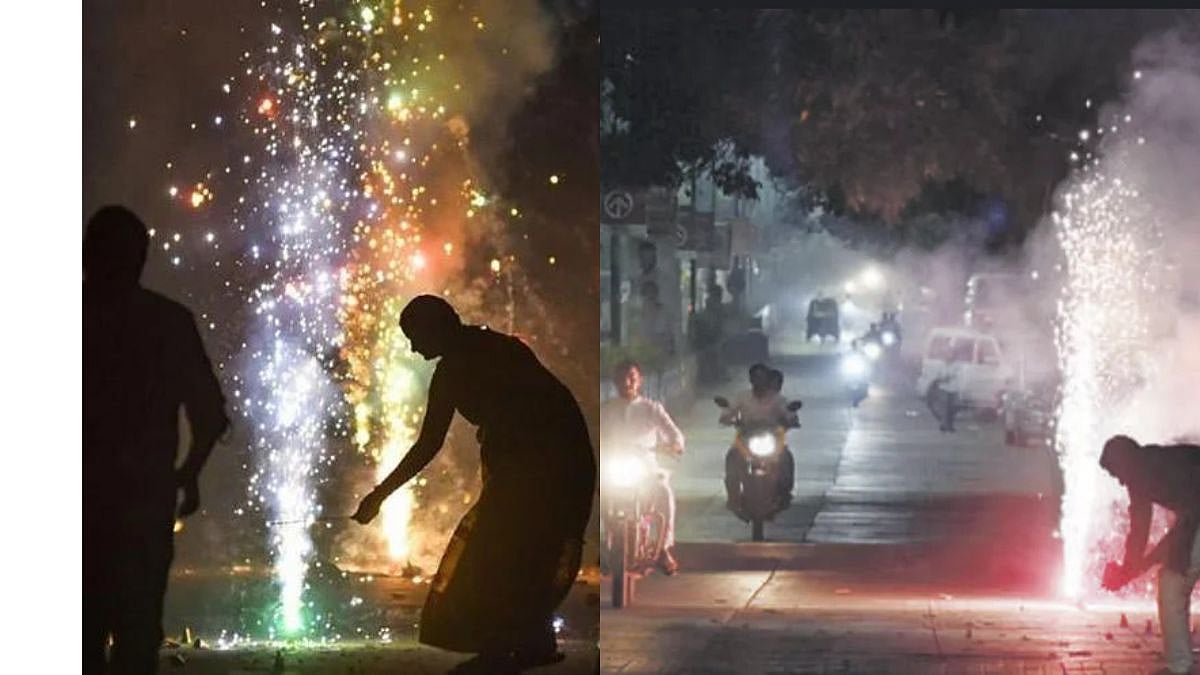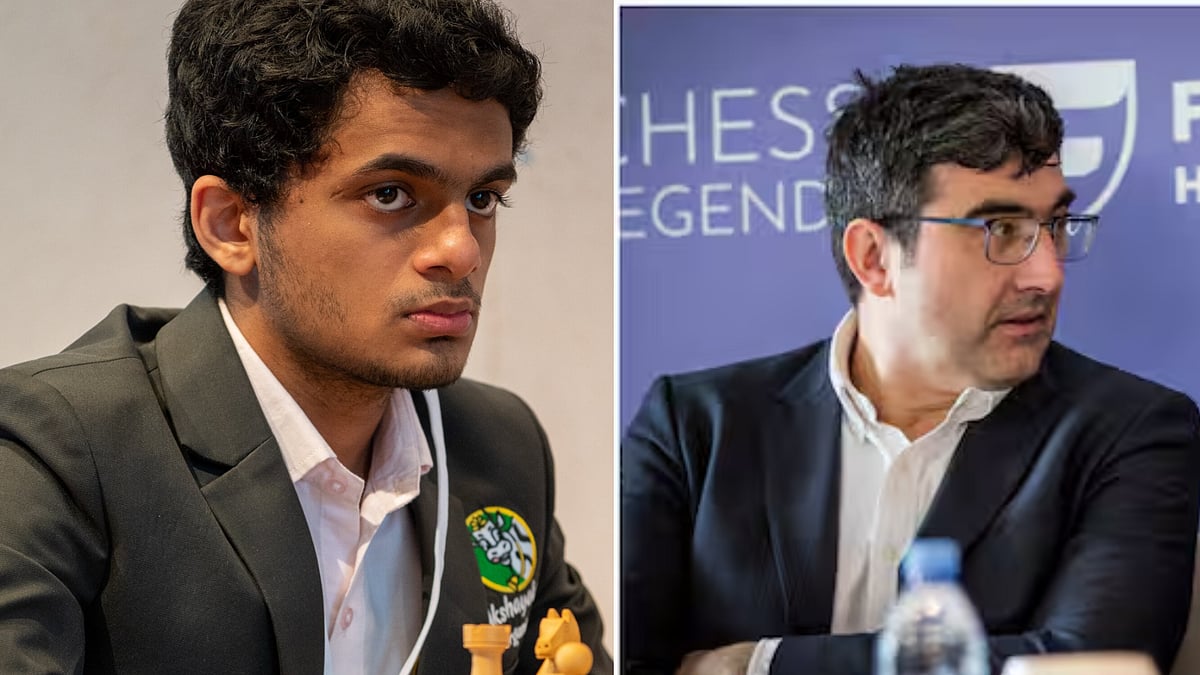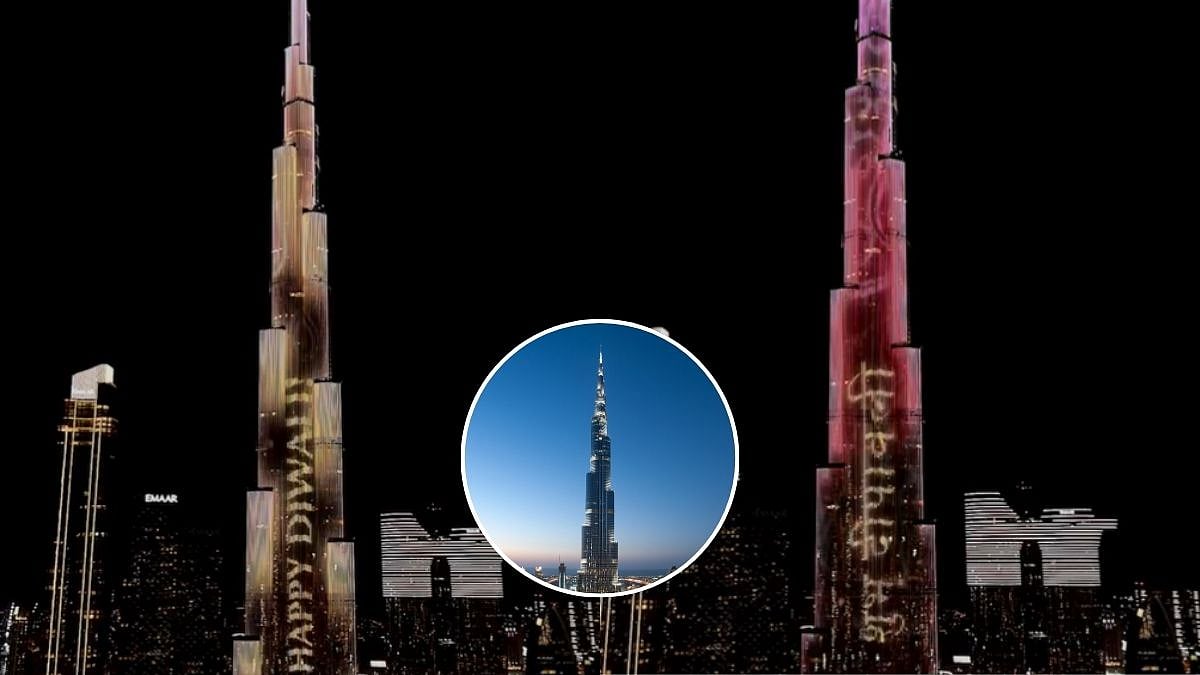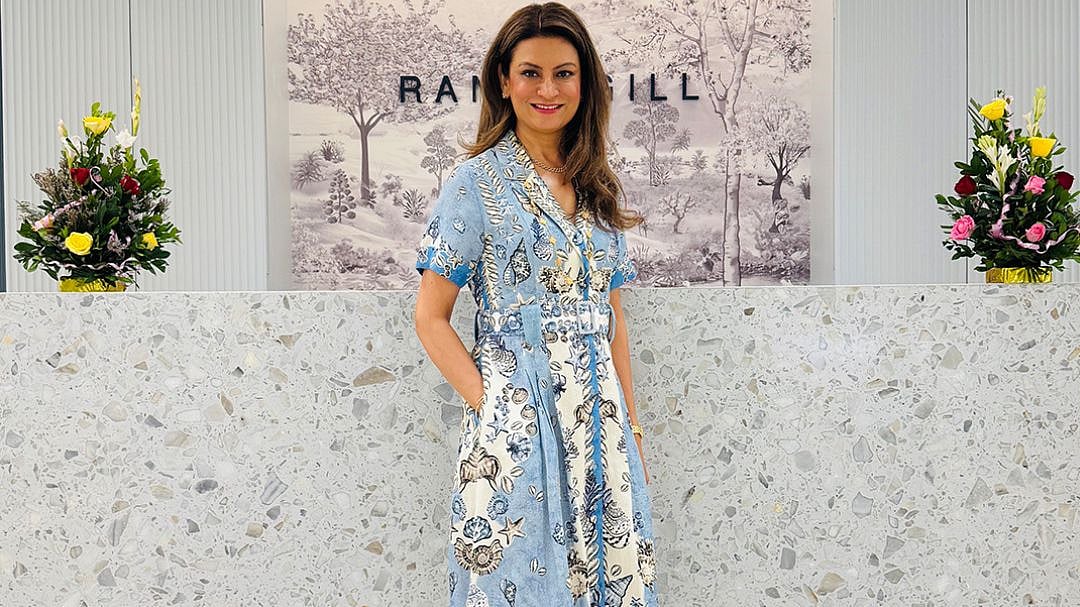There's a sonic revolution underway, birthed by a generation unafraid to bend the rules and reshape the very foundations of sound. This movement has found its expression in the audacious act of sampling folk songs and Indian classical elements into the realm of electronic music. In this audacious soundscape, the ghostly echoes of the past dance with the beats of the future. Ancient ragas merge with the pulse of electronic synthesizers, as tabla rhythms intertwine with glitchy beats. The result is a sonic tapestry where traditional melodies whisper secrets to futuristic basslines, blurring the boundaries between time and genre.
Bridge between generations
Electronica acts today delicately pluck samples of folk songs, capturing the essence of raw emotion that has endured through generations. These snippets of traditional melodies are woven into the fabric of electronic compositions, creating a bridge between the old and the new. Some of the trending tracks in the indie scene today have this neo-fusion: 'Sitar Flex' by Sodhivine, 'Vaari Vaari' by Sahana Naresh and Nirmit, 'Ashram' by Klute, 'Butter Naan' by Gandhar, 'Turiya Turiya' by Khanvict, 'Katha' by Fake Shamans, 'Nans' by Baalti, 'Banna Re' by Project 91, Bramha & Mitika Kanwar and 'Jind Mahi' by Nucleya, Avneet Khurmi are just a few examples.
Watch 'Vaari Vaari' that features Hindustani classical vocals by Sahana Naresh:
India has experienced a significant surge in electronic music festivals and events. Sunburn, NH7 Weekender, Lollapalooza, Ziro and Magnetic Fields are just a few examples of popular festivals that are attracting both domestic and international electronic artists. These festivals serve as platforms for talented Indian electronic music producers and DJs to showcase their skills while providing attendees with immersive musical experiences.
'Sitar Flex' by Sodhivine features sitar with choral music:
Music festivals fuel the trend
One intriguing aspect of the Indian electronic music scene is the use of public domain material. This grants producers the power to create music that is not bound by label restrictions. By incorporating elements from the public domain, artists can infuse their tracks with traditional Indian melodies, folk songs, or even historical recordings. This creative freedom allows for a fresh blend of old and new, gaining them popularity on social media and Instagram Reels. To see the magnitude of this trend, take a look at the statistics from Spotify's curated playlists 'desi crate diggin' and Folktronics.
Through this audacious fusion, the essence of folk and classical music is preserved, yet transformed. The haunting strains of the sitar soar above cascading layers of synths in some tracks, while the soul-stirring vocals of traditional folk singers resonate alongside glitched vocal samples in others. The result is a sonic alchemy that transcends cultural boundaries, resonating with a global audience hungry for new sonic experiences. This trend speaks to a deeper yearning—a desire to honour our roots while pushing the boundaries of musical exploration. It is a proclamation that innovation and experimentation could coexist with reverence for the past.

Singer Sahana Naresh employers her Hindustani classical training in fusion tracks |
In dimly lit underground clubs and sprawling festival grounds, the fusion of folk, classical, and electronic music has become a pulsating ritual. The audience – a kaleidoscope of individuals from diverse backgrounds – become conduits of this sonic transformation. It is a collective experience—a communion that transcended language and culture, reminding us of the universal power of music. This trend challenges the preconceived notions of genre, reimagining what is possible in the realm of sound, embracing the rich heritage of classical music while simultaneously exploring the possibilities of electronic innovation. The fusion of these elements not only captivates listeners but also empowers artists to create music that transcends boundaries and resonates with a diverse audience.











